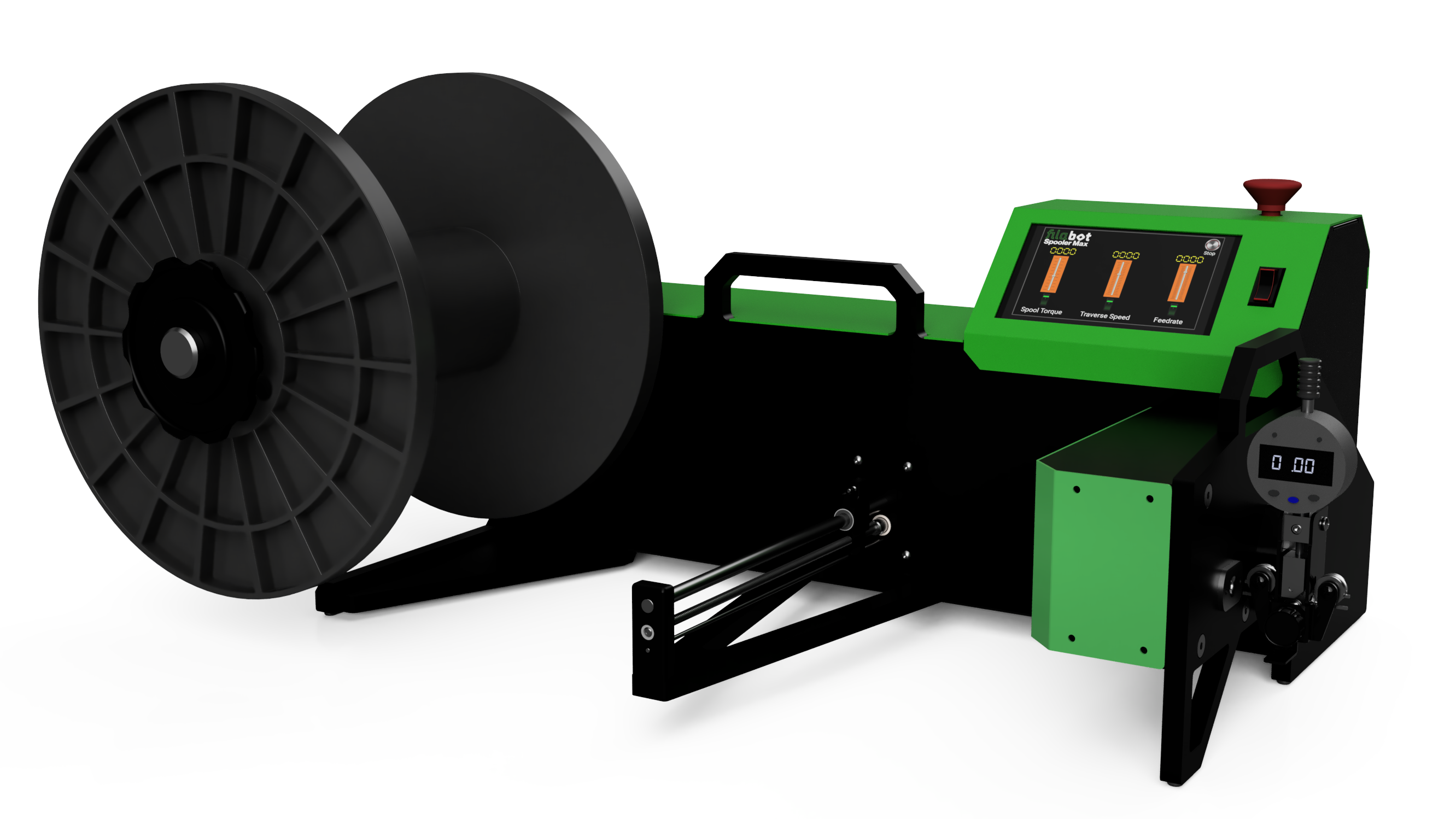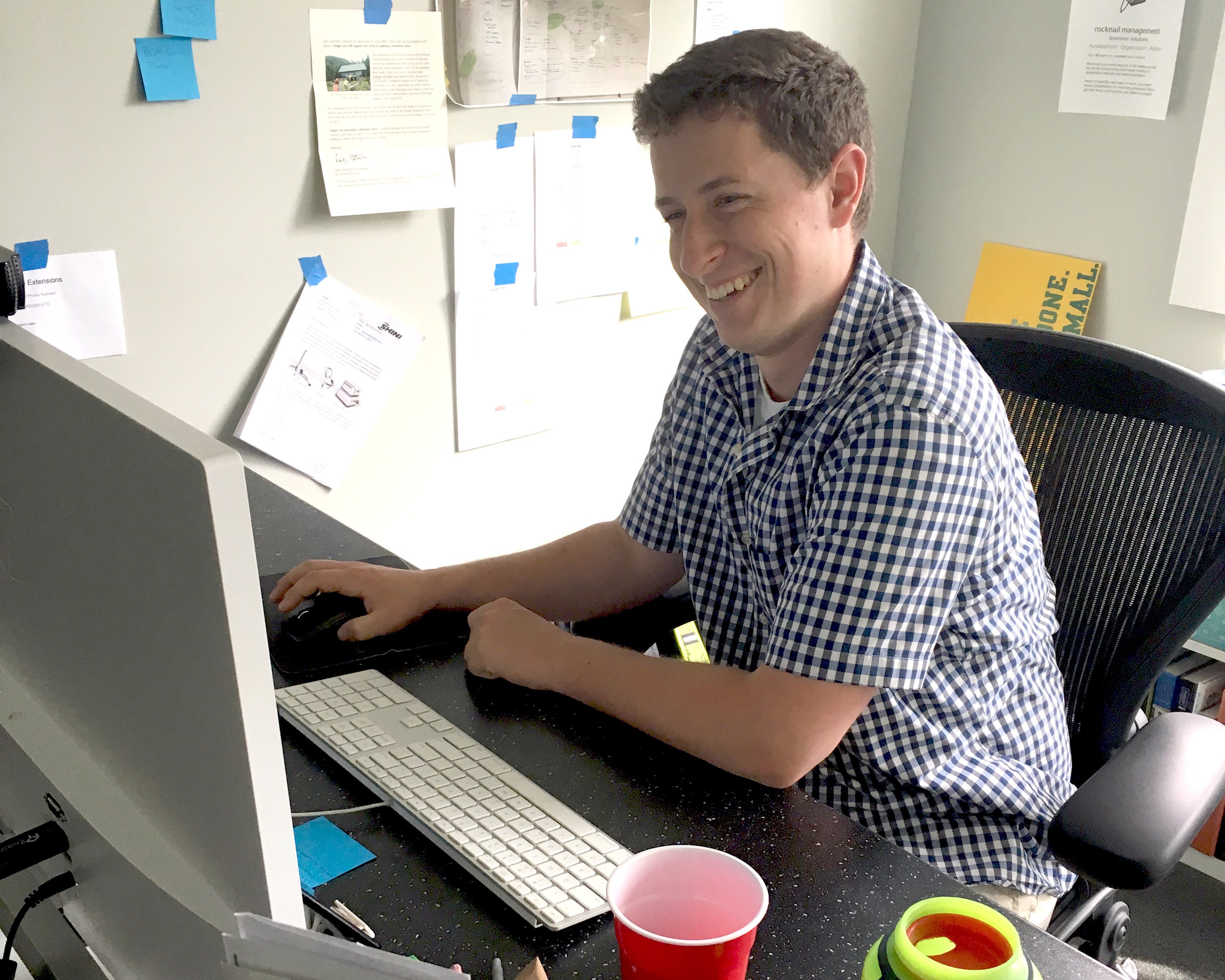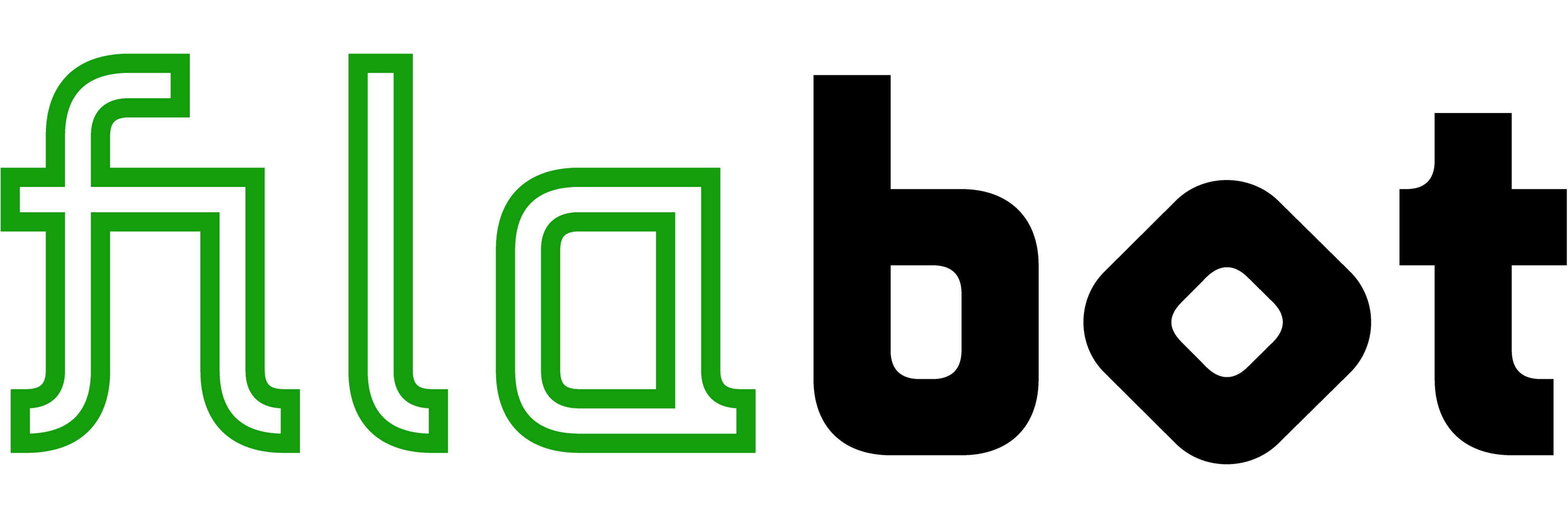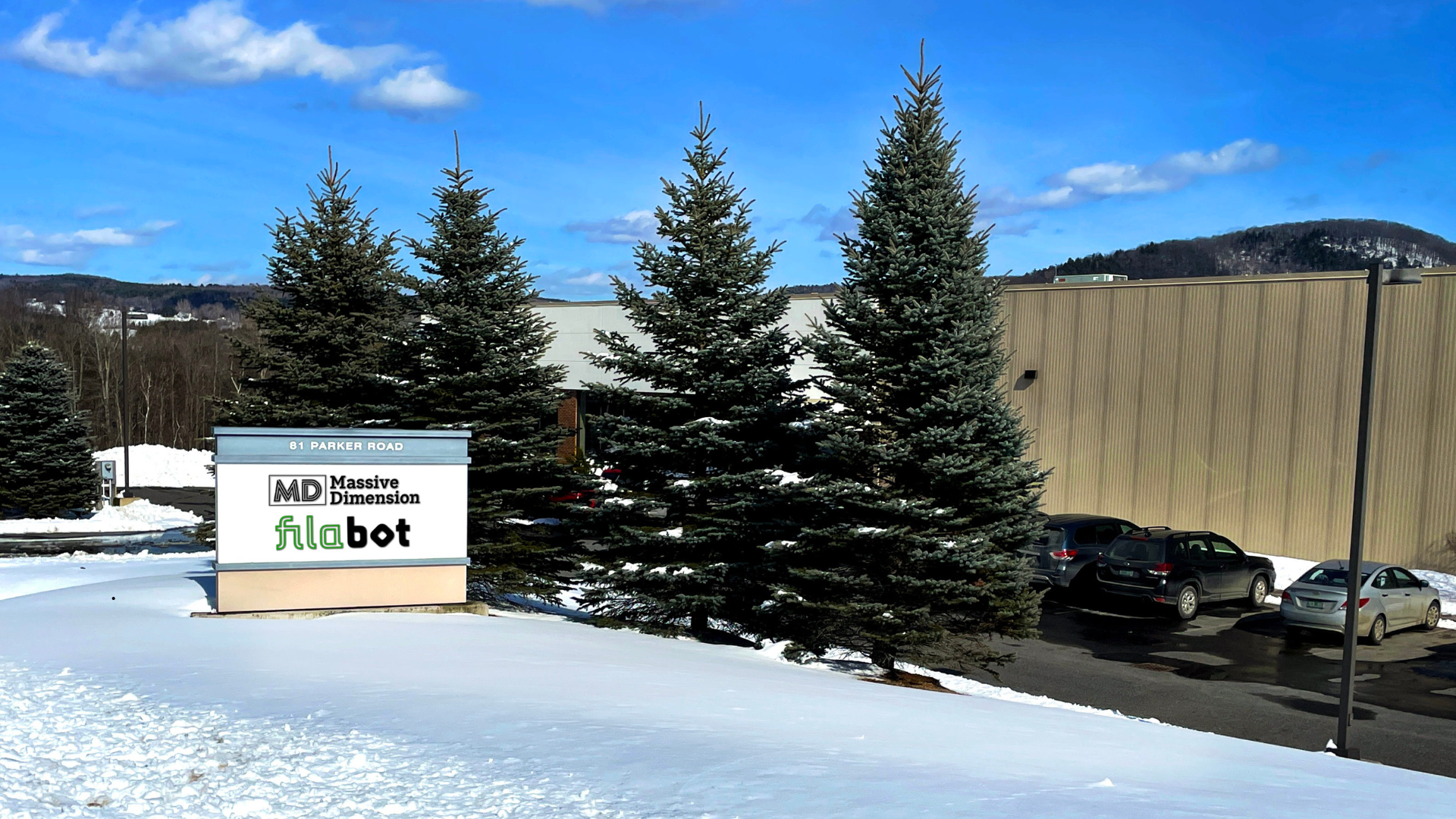Photo by Katie Hammer/Harvard University Office for Sustainability
Robert Anderson is a sophomore at Harvard College studying mechanical engineering and is a Teaching Fellow for the course Computer Aided Machine Design. Why did he catch our eye? After realizing that so much plastic waste was being created during the course, Robert applied for a grant through Harvard's Office of Sustainability. He used his grant money to purchase our Filabot system to recycle and reuse the waste generated by students in the lab.
We were lucky enough to speak with Robert about the course, his interest in mechanical engineering and how he has used the Filabot system.
Tell me about yourself: what about mechanical engineering interests you?
Mechanical Engineering interests me because it allows me to solve a problem with design. Taking that design through multiple iterations and testing to an eventual solution is a very rewarding process. I am currently a Sophomore at Harvard College studying engineering. In addition to my studies I am involved in many activities including Robotics, Engineers Without Borders, Kendo, Sailing and working as a Teaching Fellow (TF).
What is the course Computer Aided Machine Design like and what is your role as a teaching fellow?
Computer Aided Machine Design is an intro Mechanical Engineering course at Harvard that teaches the steps of the design process as well as a solid introduction to most of the topics that students will cover in the four years studying engineering. My personal role as a TF is to run the lab components of the course, this is where we teach the students how to use the skills taught in lectures, including how to design using CAD. Specifically students work in teams to design and then manufacture robots which compete head to head in a competition which serves as the final exam for the class. Along with mentoring the students through the design process, I also provide an introduction to machining, from using simple hand tools all the way up to using CNC machines, laser cutters and 3d printers. Last semester I was the Head TF and in addition to teaching lab sections I was in charge of working with the professor on all aspects of the course including looking over all materials and assessments and grading the students.
Talk about the specifics of the grant you applied for: what were the qualifications that you had to meet to justify your purchase of the Filabot?
In order to get the grant from Harvard's Office of Sustainability that I used to purchase the Filabot equipment I had to prove that there was a problem with our current system and that my solutions would work to resolve this sustainable dilemma. This justification consisted of analyzing the amount of material wasted and predicting how we could incorporate the Filabot equipment into the lab to best recycle the material. Elaborating on the educational benefits of teaching sustainable practices to future engineers was also a large factor in this project’s grant application.
In the Harvard article you talk about designing human processes. Expand on that, what does your process currently look like?
The idea behind the human process is setting up the system so that the wide range of people that use 3d printers on campus can eventually all work together to hopefully re-extrude most of the filament used. The simplified version of the process as it currently stands, and there are a lot of improvements that need to be made, is that student groups will hopefully be the ones actually recycling the materials for their projects to help them get material effectively free. The system will work via on campus advertising and making the drop off of the used material to be recycled simple and easy. There is also an educational aspect such that a few times a semester students who are interested can learn how to operate the machines and be given permission to recycle filament on their own time.
Where is the Filabot now? Is it only accessible for this class or is it in a lab where a variety of students can access it?
The Filabot is in the Undergraduate Teaching Labs accessible to all engineering students interested in using it. At the moment it is not directly tied to my class or any other class, the idea is that those classes will hopefully encourage students to use it in the future. However any student interested can also use the equipment after some instruction.
What do you think is the future of the 3D printing industry and the type of recycling Filabot allows? Is there something you'd like to see change or an idea you have that could make plastic recycling more practical and more of a resource for everyday consumers?
I think that when all of the bugs and inconsistencies get worked out of 3d printing and it becomes as reliable as standard paper printers it will become a common household item and become even more popular in the maker community. I think much like the printers themselves, fine tuning the recycling process so that it requires a lot less manual adjustment and tinkering to get good consistent material would make it a significantly better resource and also much more widely used.
If there is anything else you'd like to add, now is the time to do so! Thanks so much.
I’m thankful for the work Filabot is doing pioneering the small scale filament recycling industry. I think this is the next step in teaching people how to build a sustainable system as 3d printers become more popular and there is more need to recycle the plastic back into filament.
We’re impressed with what Robert has done with our Filabot system and we’re excited to see where his Harvard career takes him. We are even more ecstatic to see our machines being utilized by students in a STEAM education environment. Truly closing waste streams, even small ones, are the first steps we as a global community need to take in order to solve the problem of plastic waste pollution.
Thanks for reading! As always, if you or someone you know are doing exciting work with our Filabot system please reach out. We’d love to hear what you’re up to!
Best,
The Filabot Team





